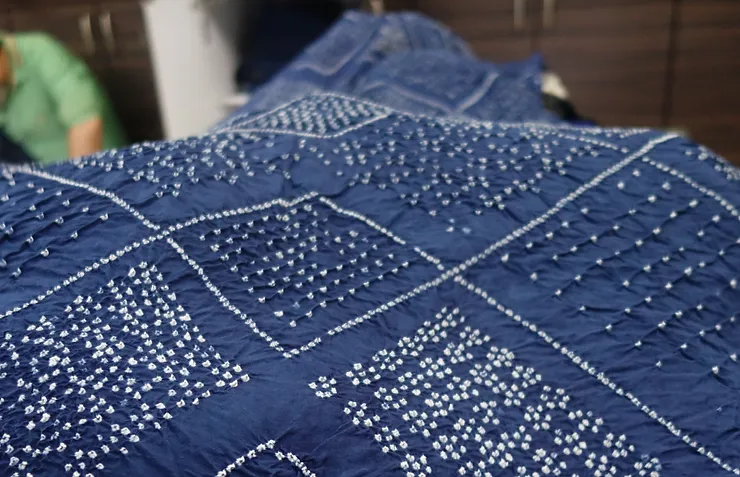famous dye production
The Evolution of Dye Production A Journey Through History
Dye production has been an integral part of human civilization for centuries, transforming the way we think about color and aesthetics in our clothing, art, and textiles. From the early days of natural dyes derived from plants and minerals to the modern era of synthetic dyes, the evolution of dye production reflects advancements in technology, chemistry, and artistry.
Origins of Dye Production
The history of dye production can be traced back to ancient civilizations, where natural resources were the primary sources of color. Early humans utilized plants, insects, and minerals to create pigments for dyeing textiles. For example, indigo, obtained from the leaves of the Indigofera plant, became a sought-after dye in cultures worldwide, known for its rich blue hue. Likewise, crimson dye was produced from the cochineal insect, prized by the Aztecs and later by European markets during the colonial period.
Natural dyes were often labor-intensive to produce and required specialized knowledge to extract and apply effectively. However, they played a crucial role in trade, cultural expression, and social status. The vibrant colors achieved through natural means not only displayed artistry but also conveyed messages about the wearer's identity and wealth.
The Transition to Synthetic Dyes
The 19th century marked a significant turning point in dye production with the advent of synthetic dyes. The discovery of aniline dyes in 1856 by British chemist William Henry Perkin revolutionized the dyeing process. Perkin stumbled upon a vibrant purple dye while attempting to synthesize quinine, which led to the commercialization of synthetic dyes. This breakthrough not only allowed for the production of a wider range of colors but also made dyeing more accessible and efficient.
Companies began to emerge, specializing in the production and distribution of synthetic dyes, fundamentally changing the textile industry. The rapid development of chemical processes allowed dye manufacturers to create highly vibrant shades, which were consistent and more affordable than their natural counterparts. Consequently, synthetic dyes rapidly gained popularity in fashion and large-scale textile production, leading to the decline of traditional dyeing methods.
famous dye production

Environmental and Health Considerations
Despite the advantages of synthetic dyes, their production has raised significant environmental and health concerns. Many synthetic dyes are petroleum-based and can contain toxic substances harmful to both ecosystems and human health. The dyeing process itself often involves large amounts of water and chemicals, leading to pollution of water bodies and adverse effects on communities reliant on these natural resources.
In response to these challenges, there has been a resurgence of interest in natural dyes in recent years. Artisans and environmentally conscious consumers are reviving traditional dyeing methods as part of a broader movement toward sustainable fashion and eco-friendly practices. Natural dyes, although slower and sometimes less vibrant than synthetic options, offer a more sustainable and biodegradable alternative.
Modern Innovations in Dye Production
The ongoing evolution of dye production continues to embrace innovation. Research into bio-dyes, derived from microorganisms or agricultural waste, is gaining traction as scientists look to create non-toxic, sustainable dye options. Biotechnology is also playing a role; genetically engineered organisms, like bacteria, are being developed to produce dyes, paving the way for a revolution in how colors can be sourced and applied.
Furthermore, the digital age has transformed dye production through technologies such as digital printing. This method allows for intricate designs to be printed directly onto fabric, minimizing waste and maximizing customization. The combination of technology with traditional methods reflects a growing trend of hybrid approaches in the fashion industry, merging both the old and new.
Conclusion
Dye production has come a long way from its humble beginnings rooted in nature to the complex, industrial processes of today. As society grapples with the environmental impacts of synthetic dyes, there is a renewed appreciation for natural alternatives and sustainable practices. The future of dye production will likely involve a blend of tradition and innovation, ensuring that colors continue to enrich our lives while respecting the planet we inhabit. In navigating this balance, the legacy of dye production will evolve further, contributing to a colorful and sustainable future.
-
The Timeless Art of Denim Indigo Dye
NewsJul.01,2025
-
The Rise of Sulfur Dyed Denim
NewsJul.01,2025
-
The Rich Revival of the Best Indigo Dye
NewsJul.01,2025
-
The Enduring Strength of Sulphur Black
NewsJul.01,2025
-
The Ancient Art of Chinese Indigo Dye
NewsJul.01,2025
-
Industry Power of Indigo
NewsJul.01,2025
-
Black Sulfur is Leading the Next Wave
NewsJul.01,2025

Sulphur Black
1.Name: sulphur black; Sulfur Black; Sulphur Black 1;
2.Structure formula:
3.Molecule formula: C6H4N2O5
4.CAS No.: 1326-82-5
5.HS code: 32041911
6.Product specification:Appearance:black phosphorus flakes; black liquid

Bromo Indigo; Vat Bromo-Indigo; C.I.Vat Blue 5
1.Name: Bromo indigo; Vat bromo-indigo; C.I.Vat blue 5;
2.Structure formula:
3.Molecule formula: C16H6Br4N2O2
4.CAS No.: 2475-31-2
5.HS code: 3204151000 6.Major usage and instruction: Be mainly used to dye cotton fabrics.

Indigo Blue Vat Blue
1.Name: indigo blue,vat blue 1,
2.Structure formula:
3.Molecule formula: C16H10N2O2
4.. CAS No.: 482-89-3
5.Molecule weight: 262.62
6.HS code: 3204151000
7.Major usage and instruction: Be mainly used to dye cotton fabrics.

